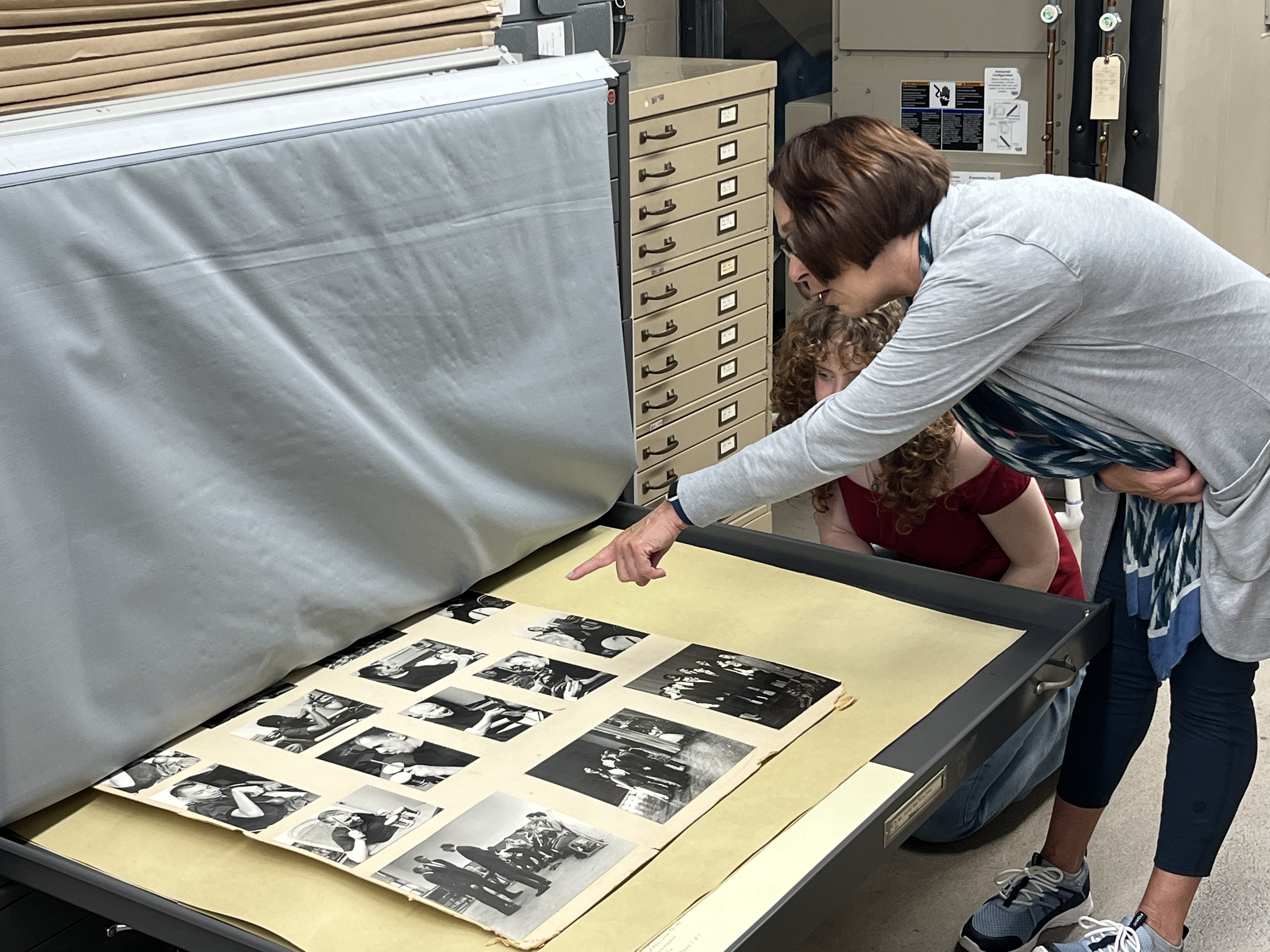As we round closer and closer to the day this project (or at least the idea for it) began just two years ago, I honestly still can’t believe this is just the beginning. To me, the years we spent working, researching, writing, and thinking just blurred together. Every moment leading to this blog was a learning experience—a time to sit back, listen, learn, and try to understand the history of MTS and how we can best engage with the residents who still live today. Community should always be at the center of any restorative justice project. And, there are always moments that stick out even in these very early moments. The moments that grab you by the shoulders and shake you awake: realizing how large of an impact UConn had on the lives of residents at MTS, discovering pages upon pages of documented charitable donations without seeing a single narrative from a resident themselves, and discovering just how many medical violations, malpractices, and insufficient documentation occurred at MTS. In truth, I never knew what would spur out of this project or where we’d go from here.
I can’t help but think, though, that despite the past year this is really just the beginning.
On September 24th, 2021, I scheduled my first appointment to view the Mansfield Training School files at the Dodd Center for Human Rights. Following my meeting with Brenda that served as a catalyst for this project surrounding what happened to Mansfield Training School a week prior, I went in with the mindset of if I find anything about MTS then maybe we could see how UConn’s history with disability began to form into what we see today.

Traditionally, higher education has always been an institution where millions of disabled students have felt discriminated against due to the lack of access, support, and acceptance of disability culture/identity in university spaces. I can personally attest to this feeling. I wanted to know, as a student, where UConn had been. At first, I wanted to see some semblance of the past, some bit of history I could see that would give me any inclination as to why so many of us faced bias and discrimination on-campus.
What was UConn’s connection to disability historically?
At first, I wasn’t too hopeful I’d find the answer. After combing through search after search on Google, Bing, Yahoo (you name the search engine, I tried it) I really couldn’t find much on UConn’s connection to the Mansfield Training School at all. It almost felt like any remains of the institution, prior to its closure, had been erased. It was simply a thing of the past. A memory.
I was even less hopeful when I learned that the Mansfield Training School files at the Dodd Center only amounted to a few boxes (plus some scattered folders in other collections from the then-president Homer D. Babbidge). I still felt like there was more to the story that we can see online, which mainly consists of ghost hunters and urban explorers breaking into the site to see “ghosts.” After all, UConn was given all of the property of MTS after its closure, at which point it was renamed the “UConn Depot Campus.” So, I started digging through as many files as possible and amped up my online searches.
If I could go back in time to talk to the very-very-new-to-research, freshman scholar version of myself (I’d classify myself as a ‘sophomore’ now…at least…maybe, not even?) I’d tell them that sometimes just one word—a name, an organization, a face—can change the entire course of your research. A single piece can change everything and uncover a vast amount of information that you could never have guessed would have ever existed.
The reason I’m here is to not just learn more about MTS and UConn’s connection through the archives. I’m here because I hope to engage with stories from residents at MTS and learn more about their experiences there. I hope that through this project we can work to center the community and seek the sort of accountability they want to see from a government, university, and institution that was responsible for so much harm. Whether this accountability is through a memorial, reparations, preservation initiative, oral history documentation or film, writings, or any other avenue—I hope that this project can be a first step to creating the change they want to see in Connecticut.
The largest gap across every archival collection that housed history related to MTS was the lack of perspectives from the residents. Those who lived there and spent nearly their entire lives within that campus. After checking nearly every file, folder, or box, not a single narrative came through that wasn’t under the control of administrators from the institution itself. This really made me focus on, and ask:
How do power and privilege play a role in whose stories we see in archival documents and history as a whole?